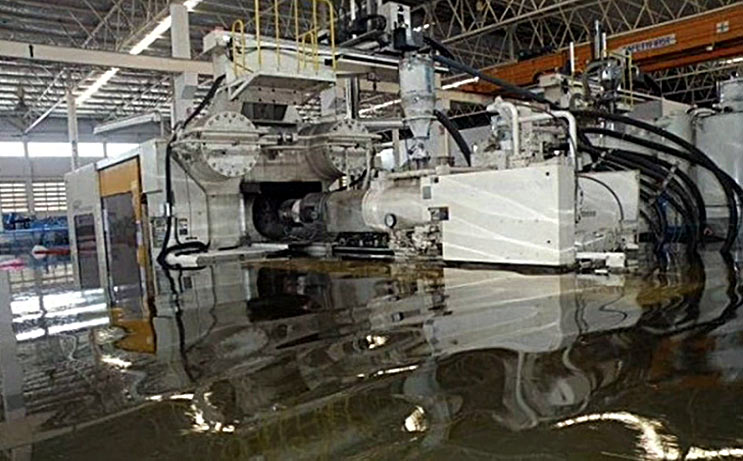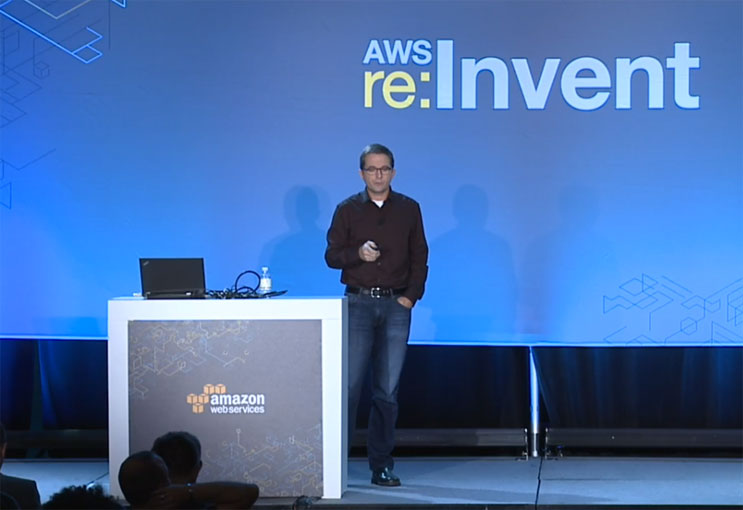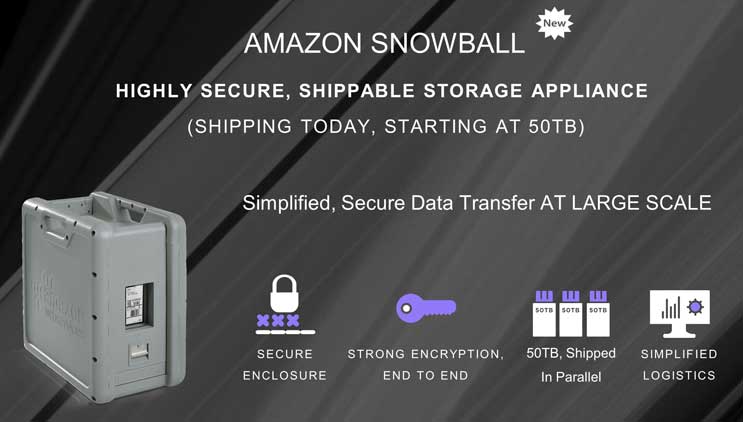How the flood in Thailand in 2011 helped Amazon Web Services rethink their work and create a “cloud case”

There are quite a few clouds in Thailand, and this is not a figurative expression - it does rain often here, especially during the monsoon season. The most active nature manifested itself in 2011, when large-scale flooding occurred in Thailand due to incessant rains for a long time. In Thailand, as you know, many factories for the production of hard drives and other types of drives - and just these factories, in the majority, were flooded in 2011. Then the prices of hard drives increased, the supply chain of hard drives to those who need them, were violated.
Amazon’s cloud-based division felt more influenced by the elements than many other companies. Thus, Amazon Web Services data centers remained for some time without the necessary equipment, which led to some problems in AWS. All of this at a recent event "re: Invent" told the vice president of infrastructure for AWS Jerry Hunter.

')
He also added that the flood in Thailand was a wake-up call. He and some other senior company managers arrived in Thailand in 2011 to solve supply problems. But they understood that nothing can be done here, after seeing the problem factories - you can see an example in the announcement photo. The company had to rethink the entire supply chain of equipment for its data centers. Amazon S3 cloud storage is one of the largest consumers of network equipment.
During the crisis of 2011, S3 stored about 750 billion objects (now this number significantly exceeds a trillion). Other cloud providers also faced similar problems. The growth of prices for hard drives also had a strong influence on cloud service providers, as it took two whole years for prices to fall to the pre-crisis level.
Now, according to Hunter, Amazon controls almost the entire supply chain of network equipment.
Snowball: Big Data in the briefcase
At the same event, Amazon Web Services presented an interesting solution for high-speed data transfer, which can be considered, among other things, as a tool to solve the client's communication problem with AWS if the communication channel does not function normally for any reason. Snowball is a portable data storage with an available capacity from 50 to 100 TB. This solution can be useful to the AWS client even if the communication channel is working normally, but slowly. According to AWS experts, if a client with a 100 Mbit / s communication channel needs to transfer 100 TB of data to the AWS DC, then the transfer will take 100 days. A "cloud case" allows you to transfer all this data much faster - it will take as much time as the car or plane will cover the distance from the client to the AWS data center.
Here you can recall a saying like “Never underestimate the carrying capacity of a truck filled with archived data tapes traveling along a highway.”

AWS delivers Snowball directly to the client, which connects the device to the local network using software tools to encrypt data stored on portable storage. Then Snowball is sent to AWS and uploaded to the client’s server.
One of the first customers of this type of service was the BuzzFeed resource, which delivers news and videos to more than 200 million unique visitors per month. Now the company has about 250 TB of archival data, which is too much to store on regular disks, while transferring such a volume of data even over a high-speed channel will take too long. And since the transfer of BuzzFeed archive data to the AWS data center took less than a week.
Source: https://habr.com/ru/post/268651/
All Articles